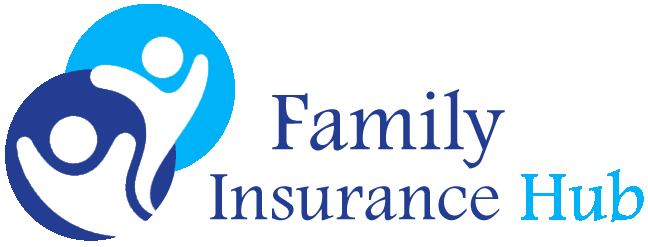When planning for retirement, it’s essential to understand the various financial tools available to you. Two such options are Indexed Universal Life (IUL) insurance and 401(k) plans. Each has unique features, benefits, and considerations.
Understanding Indexed Universal Life (IUL) Insurance

An IUL is a type of permanent life insurance that offers both a death benefit and a cash value component. The cash value grows based on the performance of a selected stock market index, such as the S&P 500. This means that while your cash value has the potential to increase with market gains, it also typically has a floor to protect against market losses.
In 2024, the S&P 500 experienced significant growth, rising by approximately 19%, which positively impacted the cash values of IUL policies linked to this index.
Additionally, IUL policies often come with flexible premiums and adjustable death benefits, allowing policyholders to adapt the policy to their changing financial situations. However, it’s important to note that IULs can come with higher fees and complexities compared to other investment vehicles.
Exploring 401(k) Plans
A 401(k) is an employer-sponsored retirement savings plan that allows employees to contribute a portion of their pre-tax income. Many employers offer matching contributions, which can significantly boost your retirement savings. The funds in a 401(k) grow tax-deferred, meaning you won’t pay taxes on the earnings until you withdraw the money in retirement.
As of the end of 2024, the average 401(k) balance had risen by 11% for the year, reaching $131,700.
The average annual employee 401(k) contribution was 7.4% of their income in 2023, with employers contributing an average of 4.6%.
However, there are annual contribution limits set by the IRS. For 2025, the employee contribution limit is $23,500, with those aged 50 and above allowed to make additional catch-up contributions of $7,500, bringing their total potential contribution to $31,000.
Early withdrawals before age 59½ may incur penalties and taxes.
Comparing IULs and 401(k)s

When deciding between an IUL and a 401(k), consider the following factors:
- Tax Treatment: 401(k) contributions are made with pre-tax dollars, reducing your taxable income in the year of contribution, but withdrawals are taxed as ordinary income in retirement. In contrast, IUL contributions are made with after-tax dollars, but the cash value can be accessed tax-free through loans or withdrawals, and the death benefit is typically income tax-free for beneficiaries.
- Investment Growth and Risk: 401(k) investments are subject to market fluctuations, which means your account balance can rise or fall with the market. In 2024, favorable stock market conditions and strong savings behavior significantly boosted American retirement accounts. IULs offer potential for growth linked to market indexes but often include caps on gains and floors to prevent losses, providing a level of protection against market downturns.
- Fees and Expenses: IULs can have higher fees due to insurance costs, administrative fees, and other charges, which can impact the overall return on investment. 401(k) plans may have lower fees, especially if offered through an employer with low-cost investment options.
- Flexibility and Access to Funds: IULs provide flexibility in premium payments and the ability to access the cash value through loans or withdrawals, which can be used for various financial needs. However, accessing these funds may reduce the death benefit and could have tax implications if not managed properly. 401(k) plans have restrictions on withdrawals before retirement age, and early withdrawals may result in penalties and taxes. Notably, more Americans are turning to their 401(k) accounts for financial emergencies, with 4.8% of account holders making early withdrawals in 2024, up from 3.6% in 2023.
Making the Right Choice for Your Retirement

Choosing between an IUL and a 401(k) depends on your individual financial goals, risk tolerance, and retirement planning needs. For those seeking a combination of life insurance protection and the potential for tax-advantaged cash value growth, an IUL may be appealing. On the other hand, if you prioritize maximizing retirement savings with potential employer contributions and are comfortable with market risks, a 401(k) could be more suitable.
It’s also worth considering that these two options are not mutually exclusive. Some individuals may benefit from incorporating both into their retirement strategy to diversify their income sources and financial protections.
Before making a decision, our financial coaches here at Family Insurance Hub can help you evaluate your options and create a strategy that aligns with your long-term financial goals.
Recent Trends in Retirement Savings and 401(k) Plans
Why it’s harder for Generation X to save for retirement than it was for baby boomers
The Wall Street JournalThe 401(k) Has Become America’s Rainy-Day Fund8 days agobarrons.com
Fidelity: The Number of 401(k) Millionaires Soars 27%13 days ago




